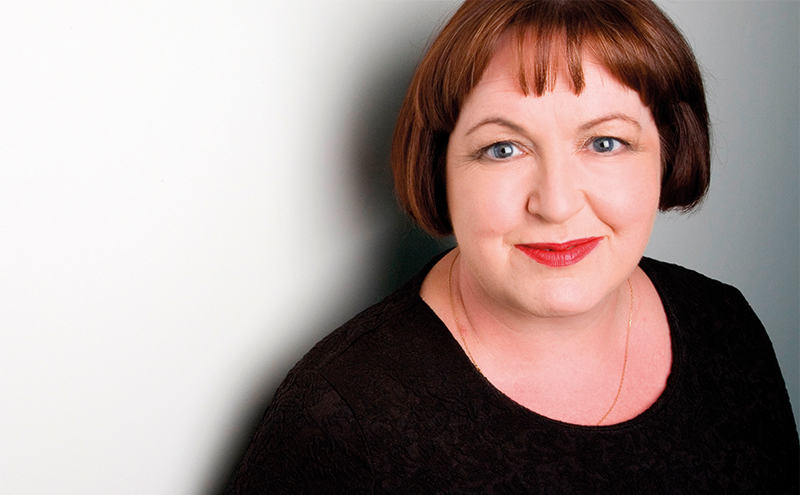
In the wake of the tragic events in Genoa, where 43 people died when a section of the Morandi Bridge suddenly collapsed, Lesley McLeod, chief executive officer at the Association for Project Safety, says safety needs to step into the limelight to help avoid future disasters.
ITALY. A country graced by great Renaissance architecture and the magnificent icons of classical times. It’s not somewhere you think of when considering disasters such as the one that felled the Morandi Bridge in Genoa.
It seems impossible to believe that buildings, designed without computers, calculators or a whole bunch of experts, can still be proudly standing in Florence or Venice or Rome. Even that vernacular architecture – such as the Trulli in Alberobello – or ancient temples in Sicily can remain a constant in the landscape when a modern bridge, praised in its day for innovative design, should have tumbled down with such catastrophic loss of life and disruption to business.
There was no obvious warning but, unlike the earthquakes which often beset parts of Italy, that doesn’t mean we shouldn’t have seen it coming. The concatenation of events which led to the collapse of the Genovese viaduct was a long time in the making. There won’t have been just one failing. Over and over again we see – after the event – how big disasters have small beginnings.
It is so often the domino effect of little mistakes, small corruptions and over-looked warnings that finally bring the edifice down.
The Genoa bridge is hardly likely to have “safety” stamped on its death certificate. But, whatever the last straw will be found to be, there is an underlying truth – cutting corners during the whole life of any construction project builds in flaws and weaknesses. From drawing-board to maintenance there will have been errors – some innocent, some maybe not. It is not out of the question: recent tests on the density of concrete on public projects in the south of Italy found the core content was much less that it ought to have been – or, indeed, had been specified or paid for.
It is all so depressingly avoidable if everyone involved simply did the job they were paid to do, to the best of their ability and without cutting corners. It’s simply not good enough to turn a blind eye or to look elsewhere to lay blame. For too long – especially, now, when time is short and budgets tight – safety, in its broadest sense, can get pushed to the back of the queue. Considerations of risk get pushed to the tail-end. And there can be permeating a sloppy-shoulders attitude where everyone sits back waiting for someone else to shoulder the burden or challenge poor practice.
Risk management needs to be owned by everyone and the construction sector – awash with superficial machismo – needs to grow some balls and challenge practices we all know to be wrong. And we need to have the guts to listen. And learn.
The professional specialism of design and construction health and safety risk management must look beyond the classroom, the clipboard and the building site to the whole life of all buildings and projects. Taking responsibility for risk from concept to decommissioning makes for better buildings – and getting things right first time may actually cut whole-life costs.
The disaster in Genoa is an extreme – but, sadly not an isolated – example of failure to build safety into the very fabric to design and construction health and safety risk management. But I am not naïve enough to believe identifying attitudinal failings will be enough on its own particularly in an industry where so much is devolved, divided or delivered by subcontractors. But safety needs to step into the limelight if construction is to avoid future disasters. A potent cocktail of other things would help too. Construction, at home and abroad, needs better regulation, more rigorously enforced with industry professionals’ part of the process of drafting, revising and policing the rules.
Construction needs properly trained employees, at every level, who keep their skills up-to-date. We should strive to attract the best and learn from the example of beacons – like the winners of the Association for Project Safety’s annual awards – who can educate, enlighten and encourage.
Construction needs a whole-project approach bringing together the law-givers and the law-abiding, contractors and clients, developers and paymasters.
It would be a start for risk management to be on the quantity surveyor’s list with the sand, the gravel and the scaffolding poles or on the companies’ spreadsheet with the joiners, plumbers and the guys who lay the cement.
But checks and balances, recruitment and training must also be accompanied by a culture that promotes personal responsibility and – as in aviation – a blame-free way to learn from mistakes.
Safety must step out from the shadows. It’s more than annoying red tape – it’s about saving lives, ensuring every step of the construction process is thought through and everyone is engaged in the consideration and delivery of whole life safety. And we shouldn’t be ashamed of that. It may not be your life on the line but serial failures in addressing the consequences of turning a blind-eye to shortcomings in design, slip-ups in build and break-downs in management mean we could all have blood on our hands.
This may sound like ‘project fear’ in the construction sector, but – if so bring it on – for everyone’s sake.











